A New Class of Light Field Sensor: Researchers Unlock Light Field Features in Optical Fiber Bundles used for Endoscopy
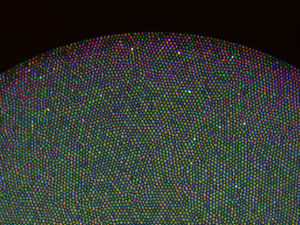 Optical fiber bundles are a common tool to look into hard-to-reach areas of the human body, and (micro-)endoscopy enables efficient and minimally invasive medical diagnoses.
Optical fiber bundles are a common tool to look into hard-to-reach areas of the human body, and (micro-)endoscopy enables efficient and minimally invasive medical diagnoses.
An optical bundle consisting of 30,000 fibers theoretically captures the same number of distinct views of a scene, which should contain plenty of information for depth estimation. However, the precise path of light rays within each fiber is extremely sentitive to dynamic fiber bending, effectively “scrambling” the light field and making it inappropriate for real-time medical use. Therefore, microendoscopic imaging has been limited to flat, 2D images, which lack crucial information for fast and accurate diagnosis.
Now, Anthony Orth and colleagues from RMIT University in Melbourne, Australia, present a new method to unscramble the angular information from optical fibers, opening standard endoscopy fiber bundles up to depth extraction and light field imaging: The researchers use intracore intensity patterns in the fiber bundle, which have traditionally been ignored, to reconstruct the angle of light rays at entry.
“The key observation is that the angular distribution of light is subtly hidden in the details of how these optical fiber bundles transmit light,” Orth said. “The fibres essentially ‘remember’ how light was initially sent in, and the pattern of light at the other side depends on the angle at which light entered the fiber.”
Using this additional information, the authors go on to demonstrate common light field features such as depth mapping, software refocus, and (single-shot) 3D sample visualization:
Apart from the paper’s obvious value in medical imaging (e.g. live 3D optical biopsies), the researchers also unlocked optical fiber bundles as a new class of light field sensor, beside camera arrays, microlens arrays, coded aperture masks, angle-sensitive pixels, micromirror devices, or mirror-based image multipliers.
Using a typical fiber bundle of 750 µm outer diameter and 30,000 fibers with 3.2 µm center-to-center spacing, the scientists were able to accurately map depth within the first 80 µm of the fiber bundle. However, the authors say that this limitation could be mitigated by increasing dynamic range of the system, e.g. using a camera with larger dynamic range, or by combining multiple exposures.
For more details, check out the original publication:
Orth A, Ploschner M, Wilson ER, Maksymov IS, Gibson BC. Optical fiber bundles: Ultra-slim light field imaging probes. Science Advances 5: eaav1555
The paper’s supplementary materials also contain some light field animations of the studied samples.
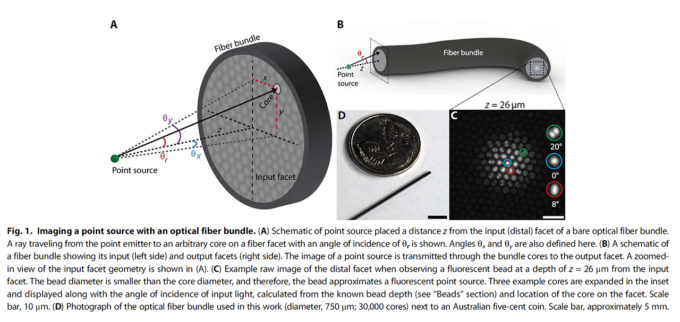
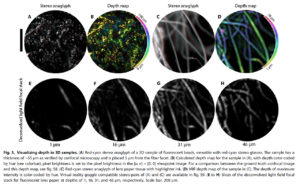

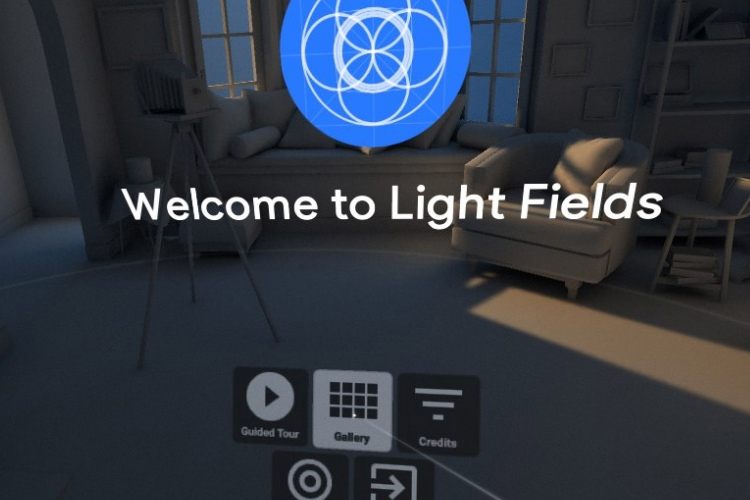
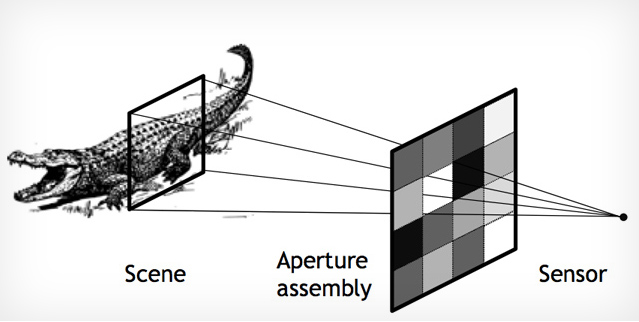
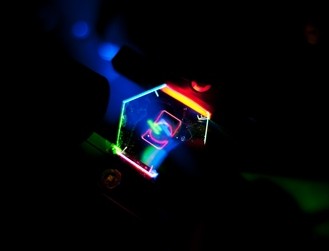




Recent Comments